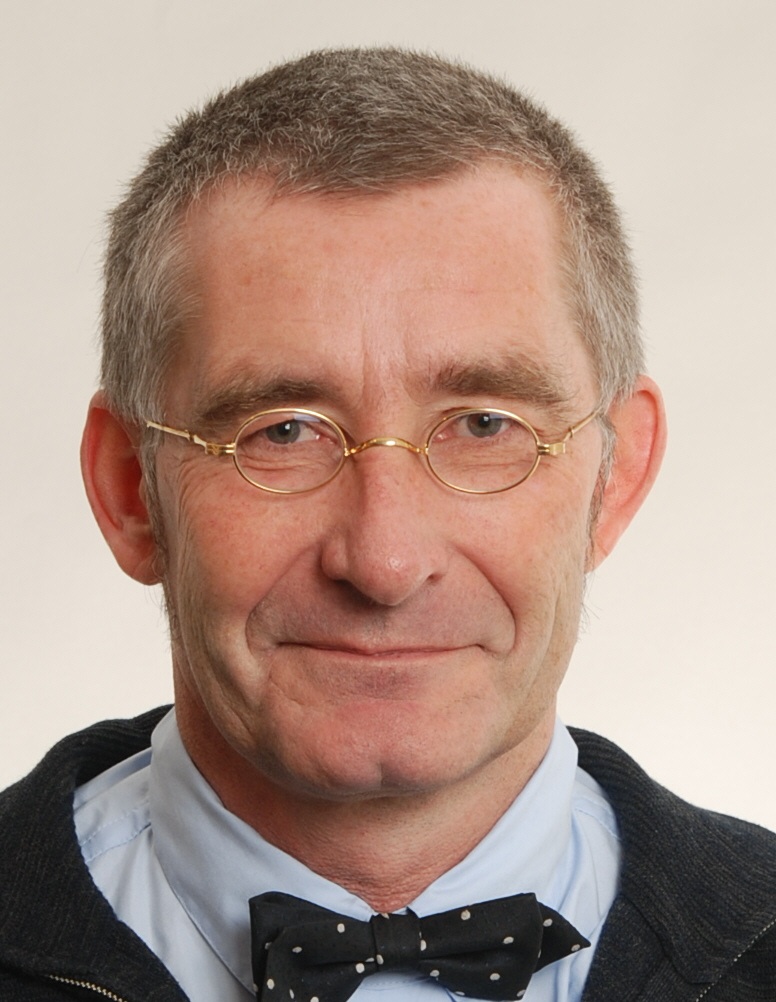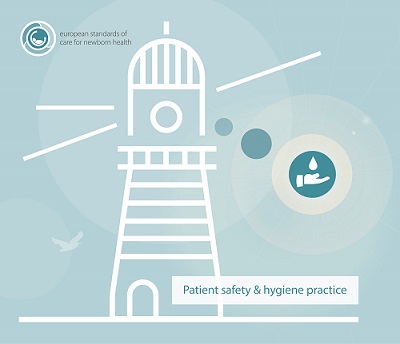The WHO campaign Clean Your Hands aims to improve awareness of the importance of hand hygiene in health care and to actually promote change and reduce the number of infections in hospitals worldwide. To find out how this campaign was implemented in a local hospital, we interviewed Dr Axel von der Wense, Head of the Neonatal and Intensive Care unit at the Altonaer Children’s Hospital.
An interview with Dr Axel von der Wense, Altona Children’s Hospital, Hamburg, Germany
The Altonaer Children’s Hospital is one of the leading hospitals in infection prevention and hand hygiene, how and when did you introduce and implement state-of-the-art hygiene guidelines and become one of the German flagship hospitals in hygiene?
First of all, we were one of the first neonatal hospitals that participated in Neo-KISS, a German surveillance system for nosocomial infections in preterm babies. Although we had quite low infection rates, we wanted to improve further and started with the National Action Plan for Clean Hands early on. We also increased the number of hygiene specialists in our department and offered a lot of training to our nurses and paediatricians.

Dr Axel von der Wense
While hygiene is very crucial in all hospitals and care facilities, what makes it so extremely important in newborn care?
Newborn and especially premature infants have a very immature immune system. That makes them extremely prone for infections even with bacteria that would not be dangerous for anyone else. Infections are still a major contributor for morbidity and mortality in sick newborn infants.
What were the main steps in the implementation of the hygiene standards, and how was it actually organized?
The most important issue is to be aware of hygiene mistakes. If you think “Oh, our department is already perfect in hygiene standards”, then you will never get better. It is not enough to commit to standards of disinfection and prevention, instead you really have to verify every day if the standards are being observed in everyday routines in the clinical setting. For that you need independent observers who see how the staff works and give direct feedback.
What kind of practical training did your staff receive? What part of the training, in your view, is the most important part?
Hand disinfection can be nicely visualized using a so-called Black box, a teaching tool uses fluorescent light. The Black box can show how well you washed your hands and which parts of your hands might not be completely disinfected with alcohol solution. This is only one example. The most important part is the observation of daily hygiene routines during the normal workflow.
How do you ensure that, after returning to the daily routines, doctors and nurses continue to follow the hygiene standards at your hospital?
As I said before, you cannot only train hygiene procedures by lectures or written standards. Many of our hygiene mistakes happen unintentionally, and you will only find out about it if you encourage if someone speaks up about it and you can openly talk about it.
Do you have some data showing the success of introducing the hygiene standards at your hospital? Did it actually reduce the no. of infections?
The German Neo-KISS system can measure nosocomial infection rates for very premature infants and offers results for every hospital compared to others. We started in 2006 and although we had rates below the mean values of other departments, we were able to further improve our infection rates over the next years.
In your view, what could be done by policy makers to support hospitals and healthcare staff in their fight against infections?
First of all there should be strict recommendations on how many hygiene specialists should work at a hospital, especially in high risk wards like neonatal intensive care units. Secondly, politicians can support the issue and ensure that there really is enough nursing staff for the number of patients treated in the unit. There has been progress in Germany over the last years defining the minimum number of nurses per ward, but this must be further improved in the future.

Special thanks to
Axel von der Wense, Head of the Dept. of Neonatology and Paediatric Intensive Care at the Altona Children’s Hospital, Hamburg, Germany

